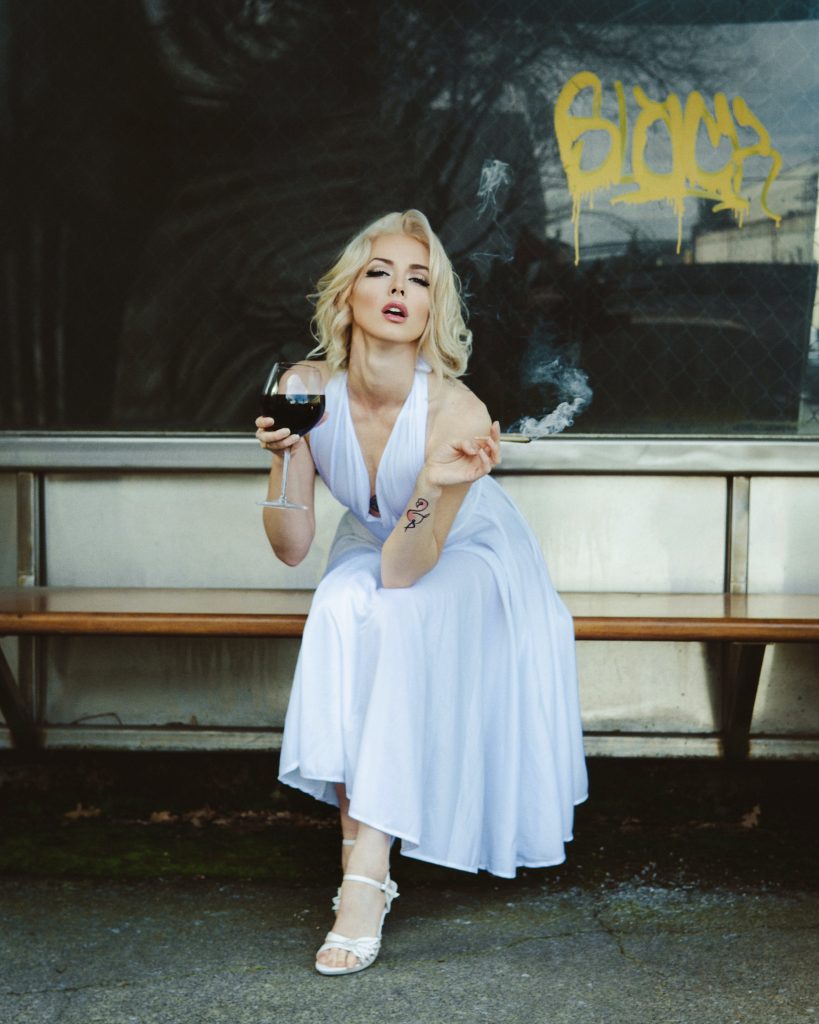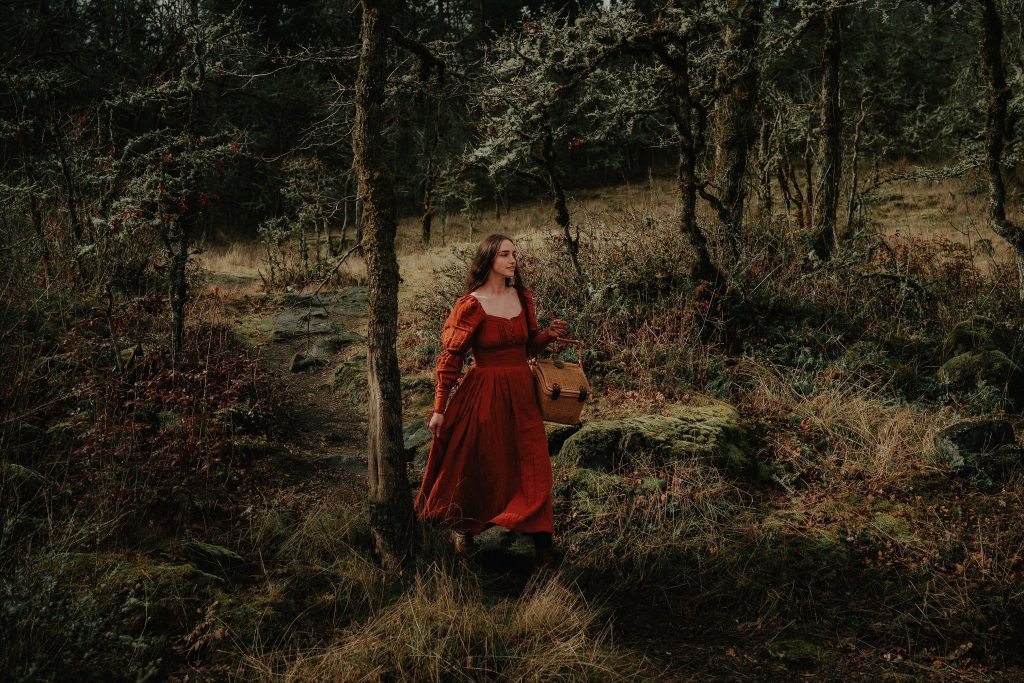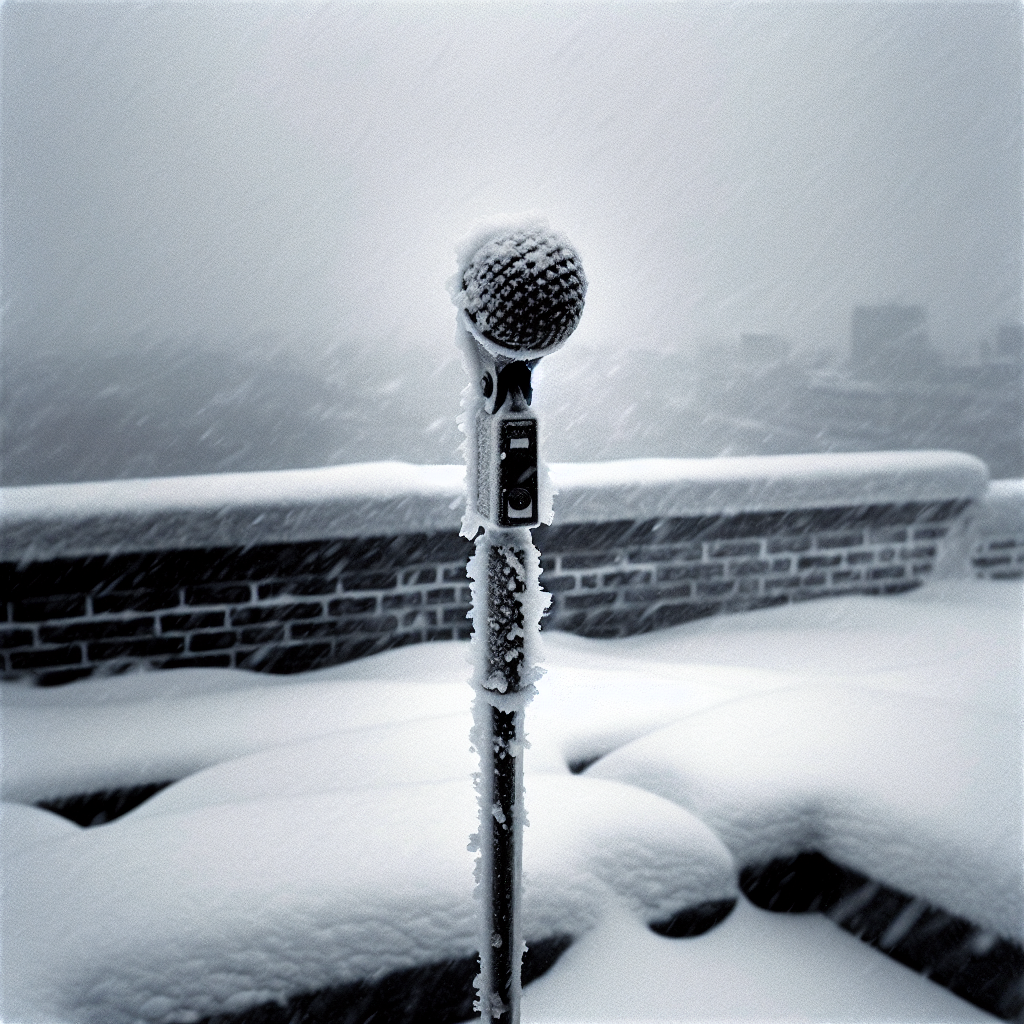Imagine the excitement in the air as fans gathered on a chilly winter day to witness an iconic moment in music history: The Beatles performing their final live concert on the rooftop of Apple Corps in London. But amidst the cheers and screams, there was one question on everyone’s mind: How cold was it up there? As the Fab Four belted out their timeless hits, the biting cold seeped into their bones, making this legendary performance even more extraordinary. In this article, we will uncover the bone-chilling temperatures that prevailed on that fateful day, and explore how the weather may have added an extra touch of magic to this unforgettable event. So grab your coat and join us as we dive into the frozen world of the rooftop concert that forever changed music history. Disclosure: As an Amazon Associate, I earn from qualifying purchases.

1. The Beatles’ Rooftop Concert
1.1 The History of the Rooftop Concert
The Beatles’ Rooftop Concert is a legendary event that took place on January 30, 1969, on the rooftop of the Apple Corps building in London. It was the band’s final live performance and a unique moment in music history. The idea to perform on the rooftop came from Paul McCartney, who envisioned a spontaneous and intimate concert for their fans.
1.2 The Significance of the Rooftop Concert
The Rooftop Concert holds immense significance because it marked the Beatles’ return to live performances after a long hiatus from touring. It showcased their raw talent and ability to captivate a crowd, even in unconventional settings. The concert was a testament to their creativity, innovation, and willingness to push boundaries.
1.3 Location of the Concert
The Rooftop Concert took place on top of the Apple Corps building at 3 Savile Row, London. This location held symbolic importance as it was where the business operations of the band’s record company, Apple Corps, took place. The decision to perform there added to the surprise and excitement surrounding the event, as fans and passersby gathered on the streets below to catch a glimpse of the legendary band.
2. The Weather Conditions
2.1 Weather Forecast
On the day of the Rooftop Concert, the weather forecast predicted a cold and overcast day in London. The meteorologists anticipated light rain showers throughout the day, which added a slight element of unpredictability to the event. However, this did not deter the Beatles from carrying out their plan.
2.2 Temperature on the Day of the Concert
The temperature on the day of the concert was around 42 degrees Fahrenheit (5 degrees Celsius). While not extremely cold, it was still chilly enough to impact the performers and the audience. The chilly weather added a unique atmosphere to the concert and added to the challenges faced by the band members.
2.3 Wind Chill Factor
Despite the relatively mild temperature, the wind chill factor on the rooftop made it feel colder than it actually was. The strong winds, combined with the exposure to the open rooftop, amplified the cold sensation. This added an additional element of discomfort for both the Beatles and their audience.
3. Preparations for Cold Weather
3.1 Clothing Choices
To combat the cold weather, the Beatles made careful clothing choices for the rooftop concert. John Lennon famously wore a white furry coat, while Paul McCartney and George Harrison opted for heavier jackets. Ringo Starr, being at his drum kit, was shielded from the elements to some extent. The band’s choice of clothing not only helped them stay warm but also added to the visual aesthetics of the performance.
3.2 Heating Equipment
In addition to their clothing, the Beatles also made arrangements for heating equipment on the rooftop. They set up portable heaters near their instruments to keep their hands warm and maintain the functionality of their equipment. Although it was not a foolproof solution, it helped alleviate some of the discomfort caused by the cold weather.
3.3 Special Considerations for Instruments
Cold weather is known to affect the tuning and performance of musical instruments. To counter this, the Beatles’ instruments were carefully prepared and adjusted for the rooftop concert. Guitar strings were replaced to ensure optimal sound quality, and extra care was taken to keep the instruments in tune despite the challenging weather conditions.
4. Eyewitness Accounts
4.1 Fans’ Experiences
Fans who witnessed the Rooftop Concert had mixed experiences due to the cold weather. Many were thrilled to see their favorite band performing live again, and the historic nature of the event overshadowed any discomfort caused by the chill. Some fans mentioned feeling the cold but agreed that it was a small price to pay for the opportunity to witness such a unique performance.
4.2 Beatles’ Reactions to the Cold
The Beatles themselves acknowledged the cold during the concert. In between songs, they made light-hearted comments about the weather, jokingly complaining about the cold temperatures. Despite the chill, they continued to perform with enthusiasm and energy, showcasing their professionalism and dedication to their craft.
4.3 Challenges Faced on the Rooftop
Performing on the rooftop presented several challenges for the Beatles and their crew. Apart from the cold weather, the limited space and logistical issues posed difficulties in setting up the equipment and ensuring a seamless performance. However, the band managed to overcome these challenges and put on a memorable show that resonates with fans to this day.

5. Impact on the Performance
5.1 Vocal Performance
The cold weather had an impact on the Beatles’ vocal performance during the Rooftop Concert. The chilly air affected their ability to hit certain high notes and maintain the same vocal precision as in a controlled indoor environment. Despite this, their undeniable talent and stage presence still shined through, leaving a lasting impression on all those who witnessed the concert.
5.2 Instrumental Performance
The cold temperatures also affected the Beatles’ instrumental performance. Cold fingers can hinder the dexterity and agility required to play certain instruments accurately. Nonetheless, the band skillfully navigated these challenges, showcasing their musical prowess and adapting to the less-than-ideal conditions.
5.3 Energy and Engagement
Despite the cold weather, the Beatles maintained a high level of energy and engagement throughout the concert. Their passion for music and their desire to connect with their audience transcended any physical discomfort. The rooftop setting, combined with the unique circumstances, added an element of excitement and rawness to their performance, creating a memorable experience for everyone involved.
6. Historical Context
6.1 Cold Weather Events during the Beatles’ Era
The Beatles’ Rooftop Concert must be understood within the broader context of the weather and cultural events of the era. Cold weather events, such as outdoor concerts and festivals, were not uncommon during the 1960s, as the counterculture movements embraced unconventional venues. The Rooftop Concert stands out as a defining moment due to its historical significance and the band’s impact on popular culture.
6.2 Cold Weather Clothing and Fashion
Cold weather clothing and fashion were also prevalent during the Beatles’ era. The 1960s witnessed the popularity of iconic winter attire such as fur coats, mod-style jackets, and turtlenecks. The Beatles themselves were influential trendsetters, and their choice of clothing during the Rooftop Concert showcased the fashion of the time while addressing the practical need for warmth.
6.3 Beatles’ Influence on Cold Weather Music Events
The Beatles’ Rooftop Concert set a precedent for future outdoor performances in cold weather. It demonstrated that music could be enjoyed and performed in unconventional settings regardless of the weather conditions. The event inspired other artists to experiment with outdoor concerts in varying climates, pushing the boundaries of traditional music venues.

7. Cultural Significance
7.1 Implications of Cold Weather Performance
The Beatles’ Rooftop Concert, in the midst of cold weather, holds cultural significance as it challenges the notion that music performances should only take place in controlled indoor settings. It emphasizes the importance of creating memorable experiences for both artists and audiences, even if it means braving the elements.
7.2 Fans’ Attitudes towards Weather Conditions
The dedication and passion of the fans who attended the Rooftop Concert despite the cold weather reflects their unwavering support for the Beatles. It also speaks to the profound impact that the band had on their lives and the lengths they were willing to go to witness their idols perform.
7.3 Commemoration and Legacy
The Beatles’ Rooftop Concert continues to be commemorated and celebrated as a pivotal moment in music history. It symbolizes the band’s desire to challenge norms and push artistic boundaries. The legacy of the concert extends beyond the event itself, serving as an inspiration for musicians and fans alike to embrace unconventional performance spaces and weather conditions.
8. Comparison to Other Outdoor Concerts
8.1 Notable Outdoor Concerts
While the Beatles’ Rooftop Concert is unique in its own right, it can be compared to other iconic outdoor concerts throughout history. Events like Woodstock and Live Aid captivated audiences and showcased the power of live music in open-air settings. Each concert had its own challenges, including weather-related factors, which added to their historical significance.
8.2 Weather Factors in Outdoor Performances
Weather plays a crucial role in outdoor performances. From scorching heat to torrential rain and freezing cold, musicians have had to adapt to various weather conditions throughout history. The ability to triumph over adverse weather conditions is a testament to the resilience and determination of artists and their commitment to their craft.
8.3 Relevance to Other Music Events
The Beatles’ Rooftop Concert serves as a source of inspiration and reference for other music events that take place in unconventional or outdoor settings. It reminds artists and organizers that weather is not a hindrance but an opportunity to create unique and memorable experiences for both performers and audiences.

9. Connection to the Beatles’ Breaking Up
9.1 Impact of the Rooftop Concert on the Beatles’ Relationships
The Rooftop Concert is often cited as one of the factors that contributed to the eventual breakup of the Beatles. While the concert itself was a powerful display of their musical camaraderie, it also highlighted the growing tensions within the band. The challenges faced during the concert, including the cold weather, amplified existing conflicts and marked a turning point in their relationships.
9.2 Cold Weather as a Symbolic Element
The cold weather metaphorically represents the growing chill in the Beatles’ relationships. Just as the cold temperatures affected their performance, it also affected their ability to connect and collaborate as a cohesive unit. The Rooftop Concert inadvertently served as a manifestation of their impending breakup.
9.3 The Aftermath: Beyond the Rooftop Concert
After the Rooftop Concert, the Beatles officially announced their breakup in 1970. The concert marked the end of an era and symbolized the transition into different stages of their individual careers. Despite their separation, the legacy of the Rooftop Concert continues to resonate with music fans worldwide.
12. Disclosure
Disclosure: As an Amazon Associate, I earn from qualifying purchases.

